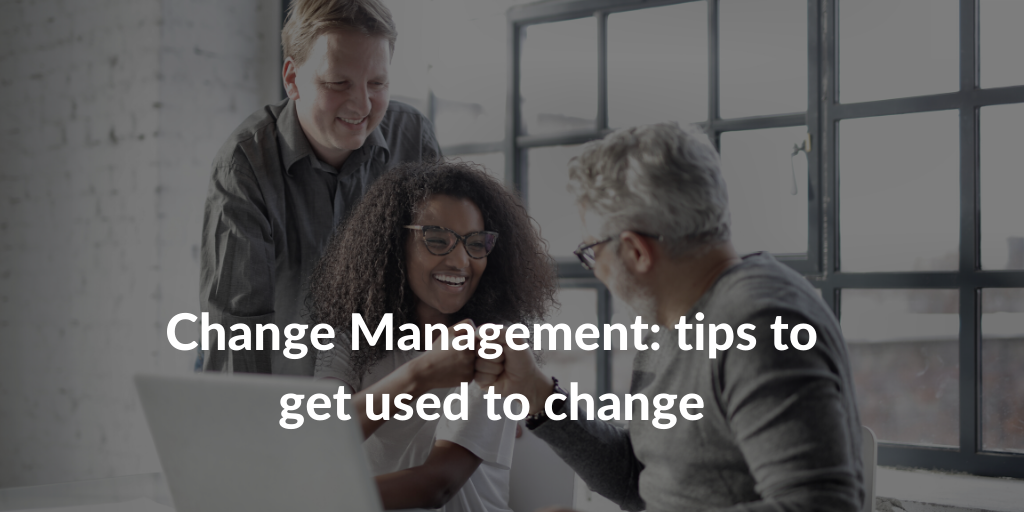1. What’s your current job title? What do you actually do?
I am a Capgemini employee and since 2014 I work as a contractor for ESA (based in ESRIN-Frascati). However, from November 2019 I cover the role of NOC Change Coordinator for a specific project related to the network infrastructure. I am acting as SPOC and keep relationships with the numerous departments who have to migrate their devices and servers into the security zones (it is a new network architecture). I participate in Boards, coordinate and plan the delivery of the security zones. I keep the users informed of every update. Change requests are registered into the ticketing system we have in place, whose name is BMC Remedy.
2. What is the thing you love the most about your job?
The thing I like the most is the international context that surrounds me. ESA is of course a European identity, but its borders go way beyond. I daily interact with people from every nation with different cultures and perspectives. This constantly gives me the chance to understand their minds and put myself in their shoes.
3. What are, in your opinion, the key things to adapt to changes? And how do you apply them in your job?
Change is a difficult and long process involving so many factors and it is hard to identify the key points. But if I have to summarize they would be:
- Personal experience of everyday life
- Extrinsic-intrinsic factors
- Communication plan
During the Change Management course I followed, I learnt different best practices to work with the change. I realized that in my organization I already used a mix of these approaches. I see change on a daily basis. Since I am involved in my current project for a long time, I can of course apply some personal circumstances that let me better understand the way to approach a new beginning. This occurs through lessons learned, things that went wrong in the past with other changes we tried to apply. While brainstorming with the colleagues and the stakeholders involved in the change, I understand that some factors directly linked to the job itself, can influence the assessment to be produced. Together with intrinsic factors which, indeed, are directly linked to the context of the job. These can bring more enthusiasm and optimism to the change.
Laying down the communication means working closely with the communication manager to decide the right strategy to adopt to the change. It is not universal for all changes. I took part in the drafting of the numerous service alerts, information notes with instructions or not (depending on the nature of the change) user guides. Choosing the right communication tool also depends on the target, the users’ community receiving the change.
4. What’s the biggest issue/change you see in your community at the moment? And what’s your advice on how to solve/face this issue/change?
At the moment, the biggest change we are coping with is adopting Microsoft Office 365. The ESA community is currently using HCL Notes over 20 years. So, it is not and it will not be easy to switch. There were some rumors one year ago about it and it has been difficult to reply to some questions raised by the users while this was not officially confirmed. Adopting Office 365 is in progress now. It started a few weeks ago with a pilot phase for IT users only. This will help the project team to understand the system and change the plan if needed, by deleting, adding or improve something along the way. There is still much resistance despite having explained the advantages. People remain in their position and will take time to adapt to the change. Interpersonal and mass communication are in progress now to try to fight resistance. So, ending transitions are important stages still in progress, a new beginning will come.
5. Change Management during teleworking: how does it go?
Change requests run as the same now that we work from remote as before when we were in the office. Remotely we have access to all the systems we daily work with. Business is proceeding and also increasing. All the steps for a good change management are in place with very few difficulties. Collaboration tools, such as Webex, Skype or mobile devices, allow us to meet and discuss the changes we have to move forward and agree on what the deliverable has to be. Implementing powerful strategies during Covid-19 situation is challenging and stressful since we are used to work in a bigger physical environment and to be surrounded by colleagues. Keeping concentration despite the confinement has been, and is, a huge effort.
6. Would you like to share some good examples (and bad) of change management?
Theory says that good examples of change management are the ones without impacts for the users. Basically it is applying a change while users continue their work without any disruption of the service. However, I do not fully agree with this. In my experience a very bad example occurred while applying the Microsoft patches to the servers hosting some services. The network fell down for all users, generating mess, stress and severe complaints. The back office team, with me as the Change Manager, had to face hard times to recover from the situation. We had to write down the RCA, root cause analysis to deliver to the site manager and the Head of IT end users services. A rollback plan has been applied which saved the situation.
7. What are three things you’ve told yourself that you would like to learn in the next future to develop you as a professional?
Reaching the Change Management certification is already a great step. To keep on developing my personal career I would like to learn more about project management, even if I already work closely with it. I see every change as part of a project, maybe we can even say it is a little project itself. I studied the PMBOK but also getting the certification would mean a lot to me. I always look for positive energy and motivation that help to confront me with challenges.
Another thing I like to do is to move to the Netherlands. I am working on trying to be relocated as soon as possible. That would represent a new start for my personal life and for my professional path, too. I already lived abroad, in Middle East, in Kuwait City and it was a great experience. This was a huge change to me. Applying Change Management in another framework, in another customer’s reality. It’s always challenging to find out new climate and environment. Shaping a new network of agents and roles to play.









